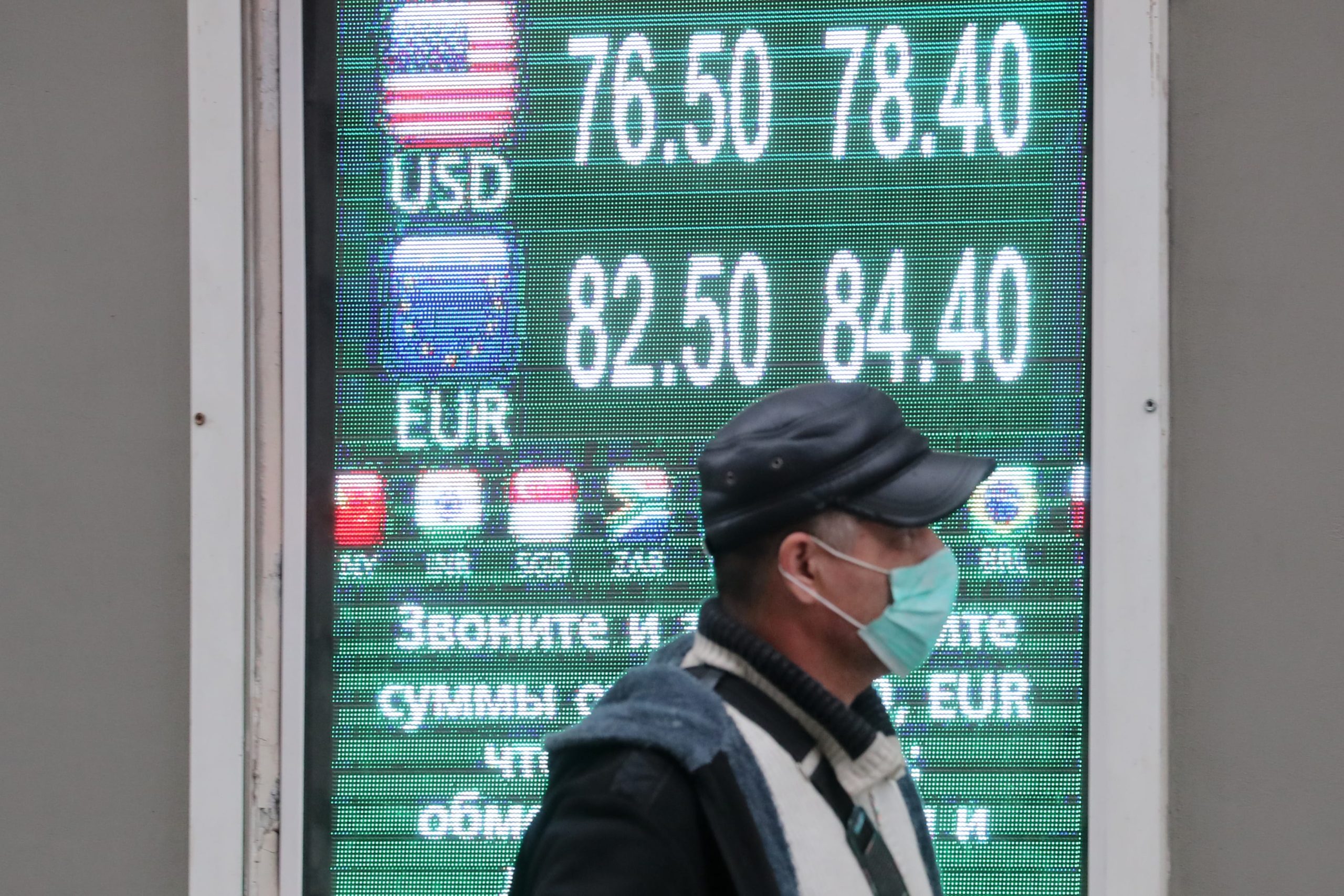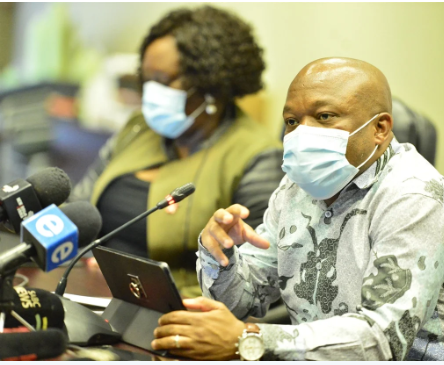[ad_1]
The United States now has the highest number of Covid-19 cases in the world. You wouldn’t think that was the case looking at the currency market.
While the new coronavirus has spread quickly across the U.S. and wreaked havoc in global markets, the U.S. dollar has been viewed as a safe asset to invest in, at one point soaring 4% on the U.S. dollar index — a basket of major currencies, namely the euro, pound, yen, Canadian dollar, Swiss franc and Swedish krona.
It’s not just skittish investors who are pilling into the greenback either. The U.S. dollar is kept by most global central banks in reserves and a large share of international transactions are done with the U.S. currency.
So what explains the dollar’s durability?
Primarily the fact that the U.S. is considered largely politically and economically stable. Plus, the dollar’s value isn’t likely to drastically fluctuate the way, for instance, the Turkish lira and Argentinian peso have in recent years.
Last year, prior to the coronavirus pandemic, U.S. Treasury Secretary Steven Mnuchin boasted about the U.S. dollar’s influence.
“I take great responsibility that people use the dollar as the reserve currency of the world, and the dollar is quite strong,” Mnuchin said. “The dollar is strong because of the U.S. economy and because people want to hold dollars and the safety of the U.S. dollar.”
The official currency of the U.S. is largely outside its borders, with more than $1.8 trillion of the greenback now in circulation around the world. It’s even believed that two-thirds of $100 bills and nearly half of $50 bills are held outside the U.S.
In recent years, there have been calls for an alternative reserve currency, ranging from countries like China to intergovernmental organizations like the United Nations. Yet, for the foreseeable future, it’s hard to imagine any other currency gaining prominence over the U.S. dollar.

















